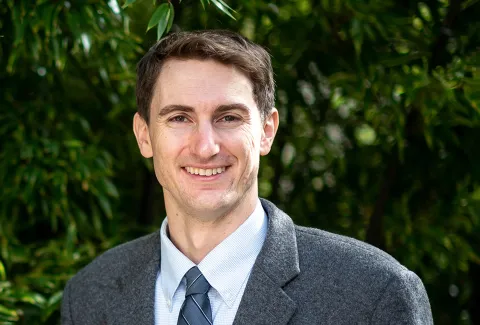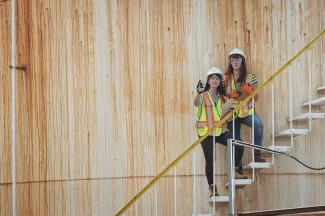“Being able to work on research that could help both local and global communities is very motivating,” says Dr. Trevor Carey, who is developing tools to help engineers and decision-makers better understand how to keep buildings safe from the impact of large earthquakes.

- Program:
- Campus: Vancouver
Education: PhD in Civil and Environmental Engineering (University of California Davis), MS and BS in Civil Engineering (Oregon State University)
What led you to engineering?
I was always fascinated by structures. There was a lot of construction in the area where I grew up, and I was one of those kids who was curious and interested in how buildings and communities are built.
Once I started studying engineering, I wanted to continue on with research because there are so many unanswered questions, particularly in my area of specialty, which is earthquake engineering.
Why is this research important?
The Cascadia earthquake is going to happen – it’s not a matter of if but of when. Doing everything we can to prepare for that earthquake is essential for keeping people and communities safe. And, of course, this area of the world is not the only region subject to earthquakes.
Being able to work on research that could help both local and global communities is very motivating.
What undergraduate courses do you teach?
I teach a course on soil mechanics, which is the second of two required courses. It’s an exciting course because students get to take the theories of soil mechanics they’ve learned in the first semester and begin to apply them to design a geotechnical solution.
What skills do students develop over the course of an engineering degree?
We want students to be trained in the fundamentals so they can use their knowledge to solve problems and develop solutions.
We also want students to have the professional skills to be successful – to know how to communicate effectively, and how to work in and lead teams. Students learn to be lifelong learners and to maintain a spirit of curiosity and desire to be part of innovative solutions over their career.








